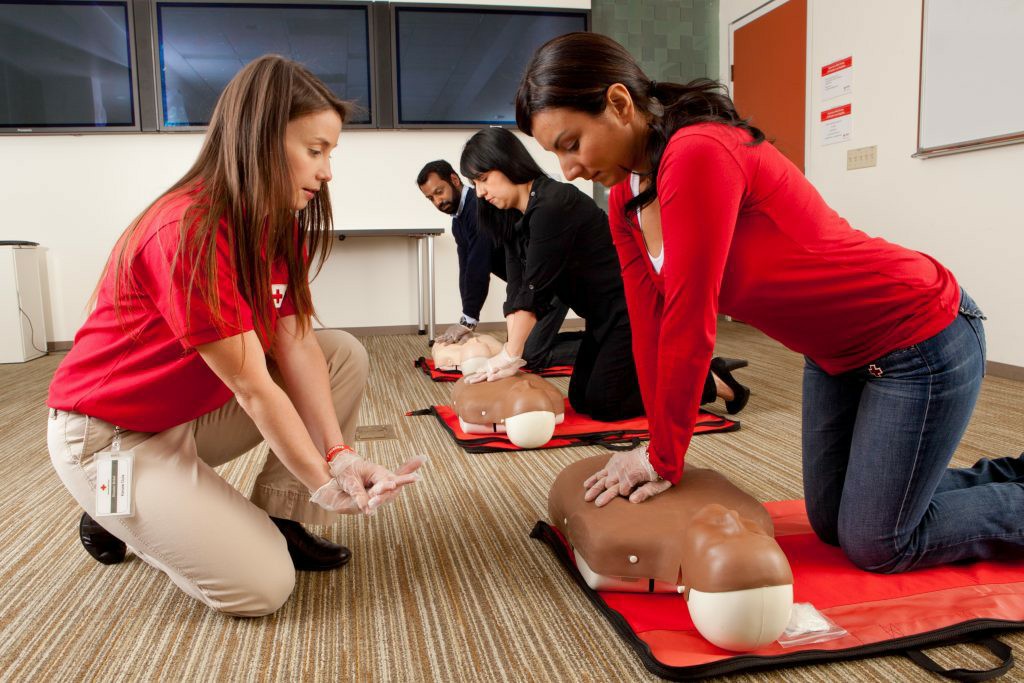


 349,500 Offered Certificates
349,500 Offered Certificates
 24/7 Online Training
24/7 Online Training
 Money Back Guarantee
Money Back Guarantee
 Fully Accredited Courses
Fully Accredited Courses

Created at: 25-02-2025 21:46
In today’s fast-paced work environment, ensuring a safe workplace is paramount. One of the most effective routes to enhance workplace safety is through First Aid and CPR training. This training not only equips employees with vital skills to respond to emergencies but also empowers them to act confidently in crisis situations. In this comprehensive guide, we will explore the benefits of First Aid certification, emergency preparedness, compliance with health regulations, and how these crucial skills can minimize injury risks and enhance workplace safety.
Every workplace faces the potential for accidents and health emergencies. Whether it’s a slip and fall, a burn from equipment, or a sudden cardiac event, knowing how to respond can make a significant difference in outcomes. First Aid courses provide invaluable knowledge on how to manage these situations effectively.
Cardiopulmonary Resuscitation (CPR) is one of the most critical skills taught in First Aid training. A workplace equipped with employees trained in CPR can save lives during critical situations. In your CPR training, you will learn:
Practicing these techniques regularly can ensure that employees are not only prepared but also proficient in their application if the need arises.
Organizations are legally obligated to maintain a safe work environment. This includes providing emergency response training for employees. Depending on your industry, workplace first aid requirements may differ. Here are key steps to ensure compliance:
Implementing these steps not only complies with regulations but also boosts employee morale and trust in leadership.
Having a solid understanding of emergency medical response procedures is essential. Key skills include:
These emergency first aid skills can be the difference between life and death in critical moments, emphasizing the need for thorough training.
Choosing the right First Aid course can be daunting. Here are some tips to aid decision-making:
Investing in the right training will ensure your employees are equipped with skills that are applicable in real-world scenarios.
Both online and in-person First Aid courses have distinct advantages:
Evaluating the needs of your organization will help in deciding the most beneficial format for your training.
Investing in First Aid and CPR training is a critical step toward ensuring workplace safety and compliance with health regulations. By empowering your employees with these essential skills, you create a culture of preparedness and confidence that can make a real difference in emergency situations. Don't wait until an incident occurs; take action now and enroll your team in a certified First Aid & CPR training course today!
For more information or to register for a course, contact us at [email protected] or visit our website.